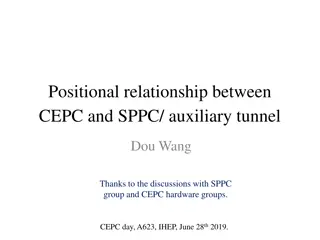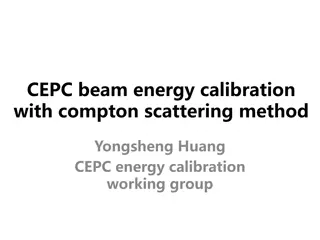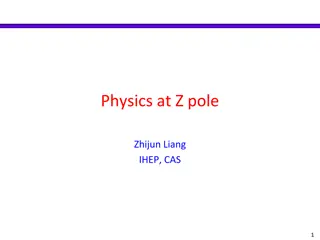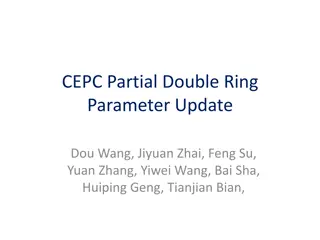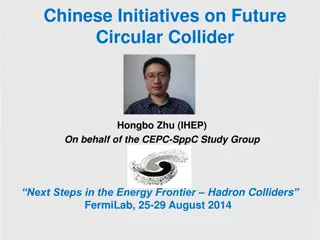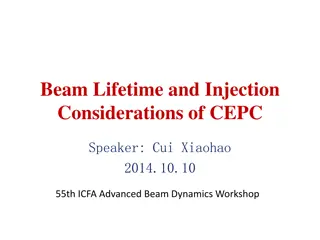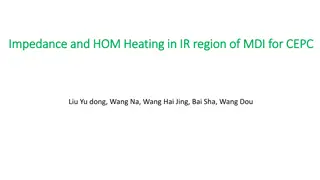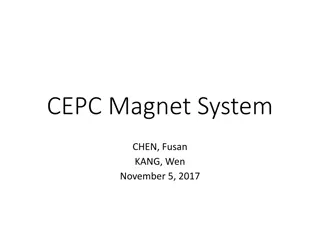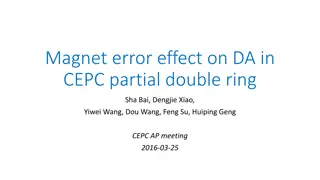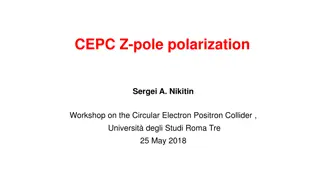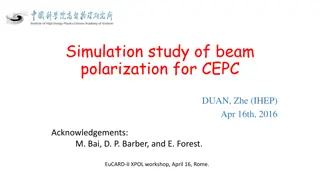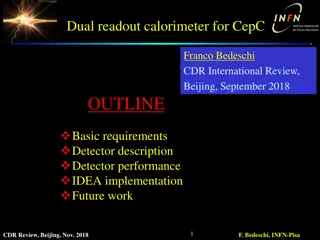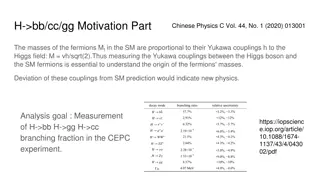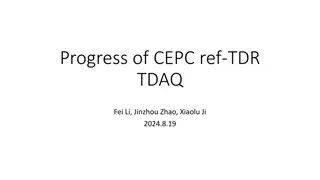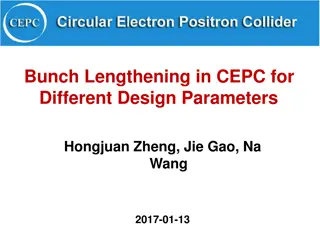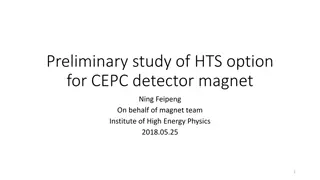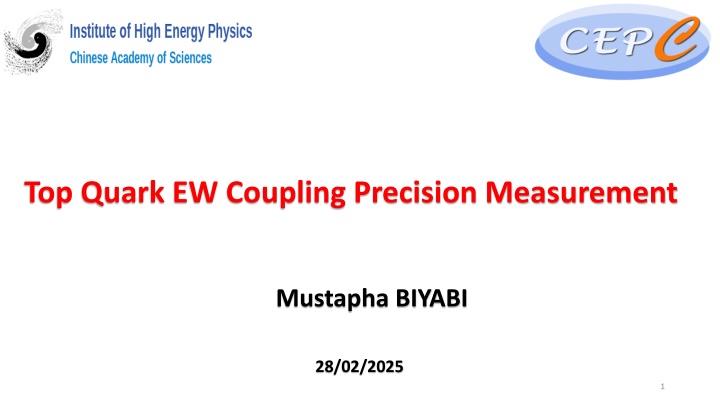
Precision Measurement of Top Quark EW Coupling by Mustapha BIYABI
Explore the precision measurement of Top quark EW coupling by Mustapha BIYABI. Discover information on form factors, SM contributions, likelihood minimization, and Bayesian optimization techniques. Dive into parametrizations and optimizing form factors for a better understanding of high-energy physics.
Download Presentation

Please find below an Image/Link to download the presentation.
The content on the website is provided AS IS for your information and personal use only. It may not be sold, licensed, or shared on other websites without obtaining consent from the author. If you encounter any issues during the download, it is possible that the publisher has removed the file from their server.
You are allowed to download the files provided on this website for personal or commercial use, subject to the condition that they are used lawfully. All files are the property of their respective owners.
The content on the website is provided AS IS for your information and personal use only. It may not be sold, licensed, or shared on other websites without obtaining consent from the author.
E N D
Presentation Transcript
Top Quark EW Coupling Precision Measurement Mustapha BIYABI 28/02/2025 1
Top EW Couplings Parametrizations The usual form factors denoted F1, F2 defined : The usual form factors denoted F1, F2 defined : Which can be translated to : Relation : Maximize numerically a global likelihood L with respect to all form factors: Where : 2
SM Contribution SM Contribution - Plot the SM part in terms of the Lepton polar angle and normalized Energy : - The ????? is set to 0.23. - Mass of Z to 91 GeV. - Fine structure to 0.0072973525643. CEPC: @360GeV (Ok!) FCCee : @365GeV 3
Likelihood Likelihood - There are nine different functions, and eight form factors i to be evaluated from a given sample of tt events. Minimize the negative Log-likelihood (- logL) with respect to all form factors: Luminosity value : ???????? 4
Likelihood Minimazation Likelihood Minimazation - Using Bayesian Optimization : - All the parameters to vary : Detector acceptance: Only select events that have a value of abs:: cos(theta) < 0.98. There are no restrictions on the lepton energy. Use events that pass the cuts (Signal) : nbr of iter : 100 5
Likelihood Minimazation Likelihood Minimazation -The original Function can be simplified to the following form: - Only 3 form factors will vary : Using same optitimization Method: 6




